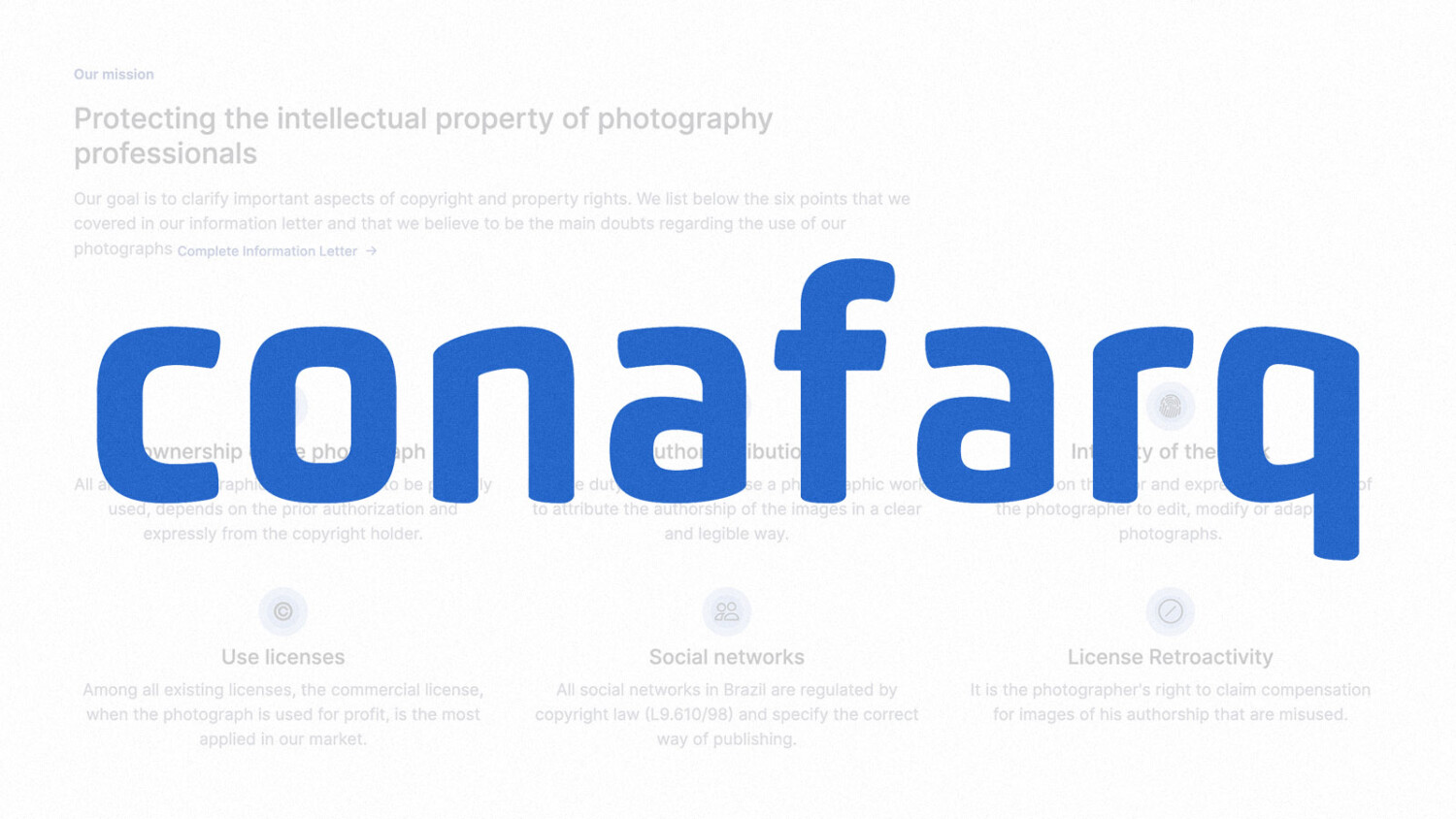Get to Know CONAFARQ – A Brazilian Coalition of Photographers Protecting Copyright and Licensing Rights
CONAFARQ is a huge acronym with an equally huge goal. The “National Collective of Photographers of Architecture” is an association of architectural photographers from Brazil. CONAFARQ was born with the main objective of protecting copyright in architectural/interior photography. Today the collective is over 300 members strong, spread across Brazil and the rest of the world. The group exchanges experiences and business knowledge with an emphasis on changing the market’s understanding of copyright and usage.
I had the chance to chat with one of CONAFARQ’s founding members, João Paulo Soares de Oliveira. JP has shared such great insight into what it’s like working as an architectural photographer in Brazil, the region’s copyright law, and the necessity for best business practices throughout the industry.
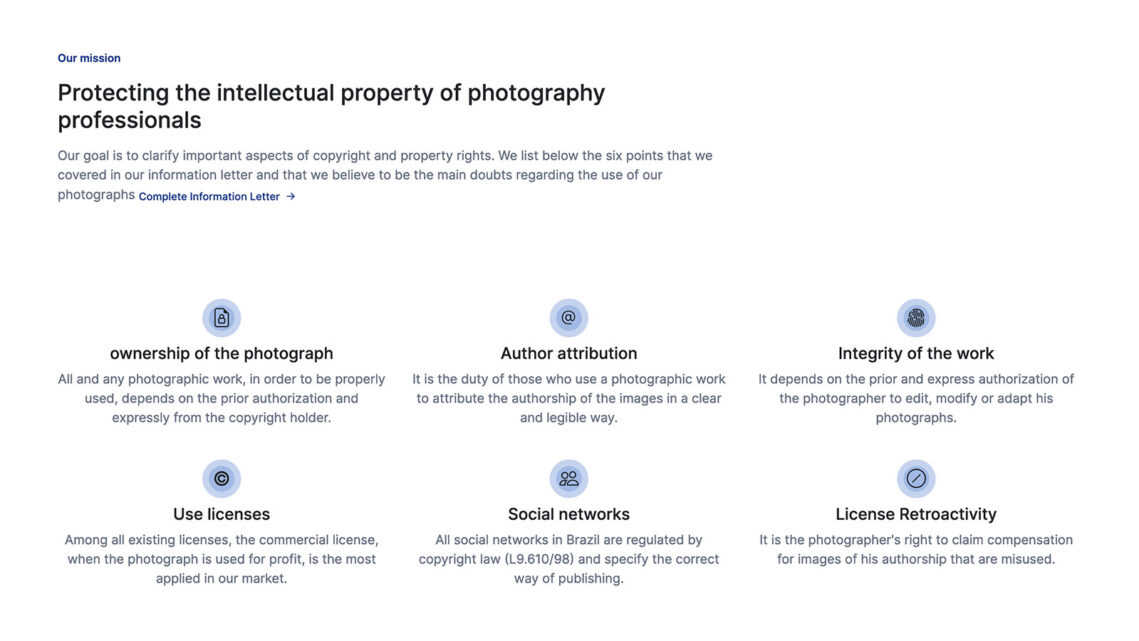
Lexi: Hi João Paulo, can you tell me a bit about yourself and your background in photography?
João Paulo: I graduated in Industrial Design from the University of Fine Arts of São Paulo, where I learned and had contact with many professionals currently established in the market – architects, designers, and illustrators among many others who work in creation.
I lived for many years in San Diego, California (the land where the sun shines like gold) and there I photographed and learned a lot about the art that lived inside me for so long.
Today I work mainly with architecture, interiors, hospitality, and real estate. I have some works published in magazines, websites, and some architecture and interior blogs.
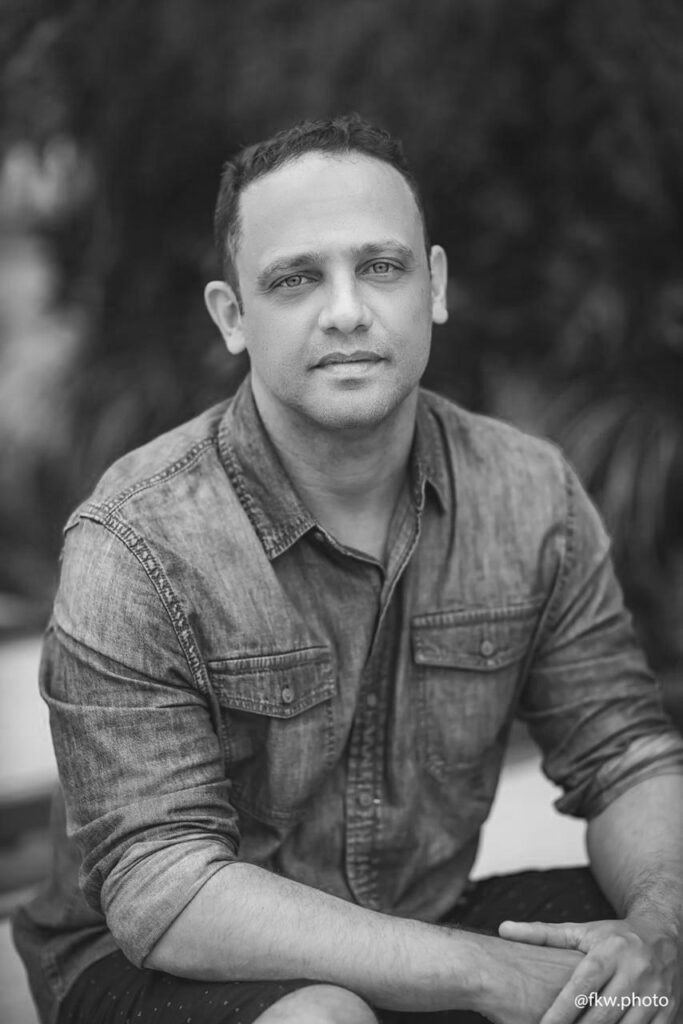
When did you have your first copyright issue, or realize there was a problem in the industry in regard to ownership of work?
I think my first experience with copyright is the same as most CONAFARQUER’s here in Brazil.
We started to notice that many companies supplying the architects – who are our clients – started copying and posting our images on business profiles on Instagram. This was becoming a common practice among large retailers and we started to feel it in our monthly income.
The first issue was that the posts didn’t tag the photographer and were not authorized for use. The second problem was the lack of acquisition of licenses for these images.
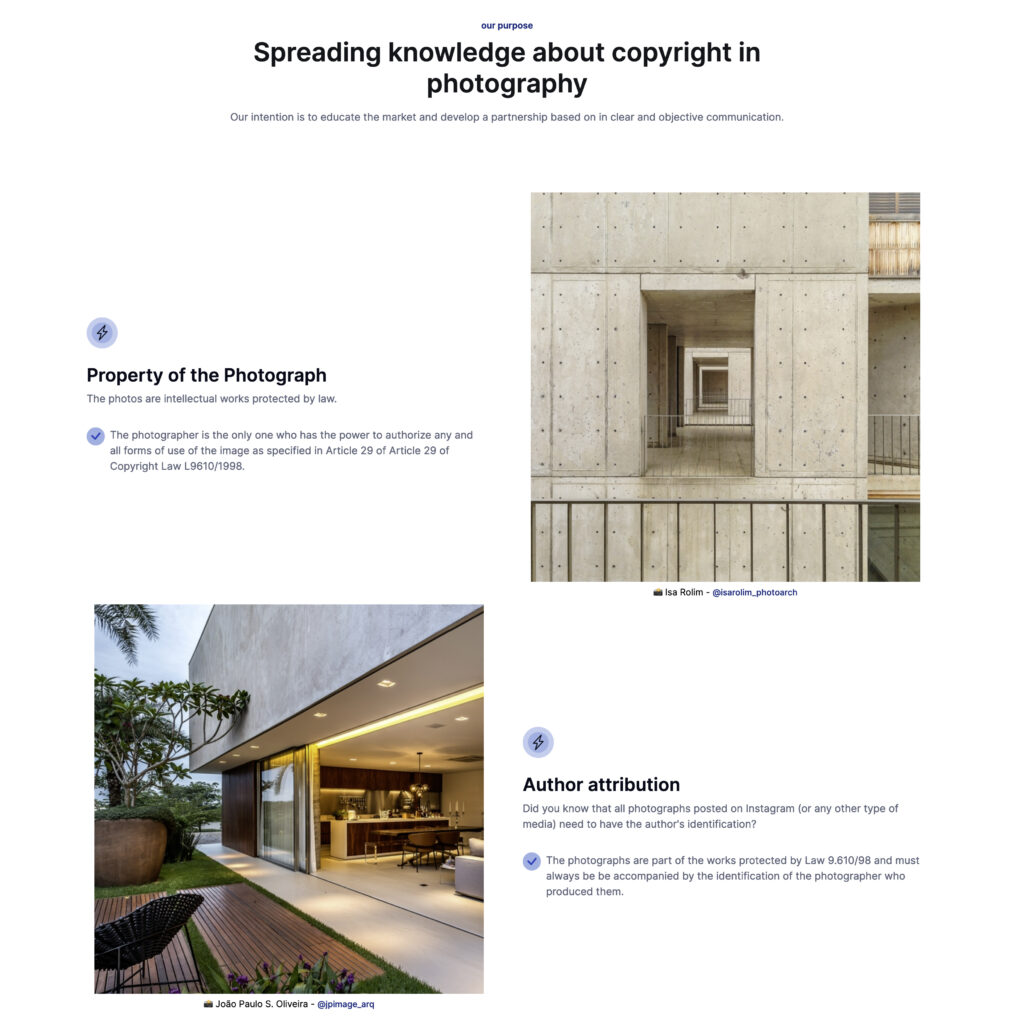
Can you share a bit about what it is like working as a photographer and Brazil, and help us understand what the industry is like in your market?
I believe that like most markets in other countries, we have great competition. But the most important thing is to know that photographing here in Brazil is a job that requires a little family help, as photographic equipment is extremely expensive. Few have access to this type of career because of the value of the equipment, making it an elite career.
As our country charges more than double in taxes on international products, it is a very different activity to be able to use good equipment, even though photography is much more in “our look” than in the equipment itself.
The photography market here for us here in Sao Paulo is very heated and there is space for everyone. We are more than 17 million people in the state and almost 12 million are in Sao Paulo Capital. Civil construction is financially well structured and we have our clients (architects) working hard for all these projects.
What are some common problems you deal with?
Today our biggest problem is without a doubt public safety, because we carry very expensive equipment and we run the risk of being robbed and losing everything. A few photographers have insurance for their equipment, as it ends up being very expensive due to the risk factor.
What are some things unique to being a photographer in Brazil? It seems like there is a large number of photographers working in the architecture and interiors sector – what is the competition like?
Brazil is a huge country and has a very wide variety in its culture. Architecture is also reflected in this cultural diversity, in addition to great modernist architects, such as Lina Bo Bardi, Paulo Mendes da Rocha, Oscar Niemeyer, Vilanovas Artigas, Lúcio Costa, among others.
We are a competitive market, but there is room for everyone. Large urban centers such as São Paulo, Brasília, Rio de Janeiro, Recife, Salvador, Belo Horizonte, Curitiba, Porto Alegre… there are undoubtedly more job offers, but smaller cities continue to be very important
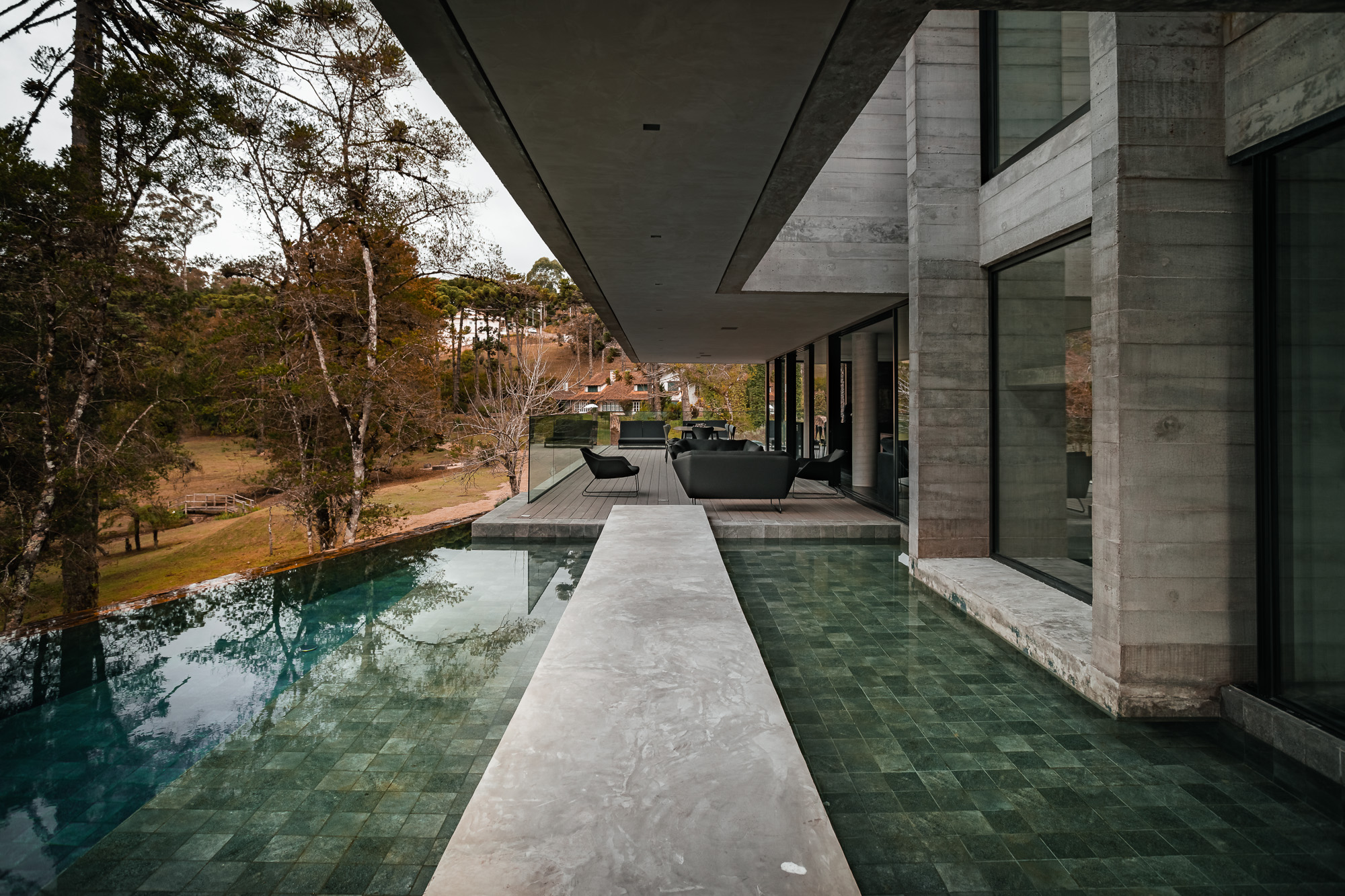

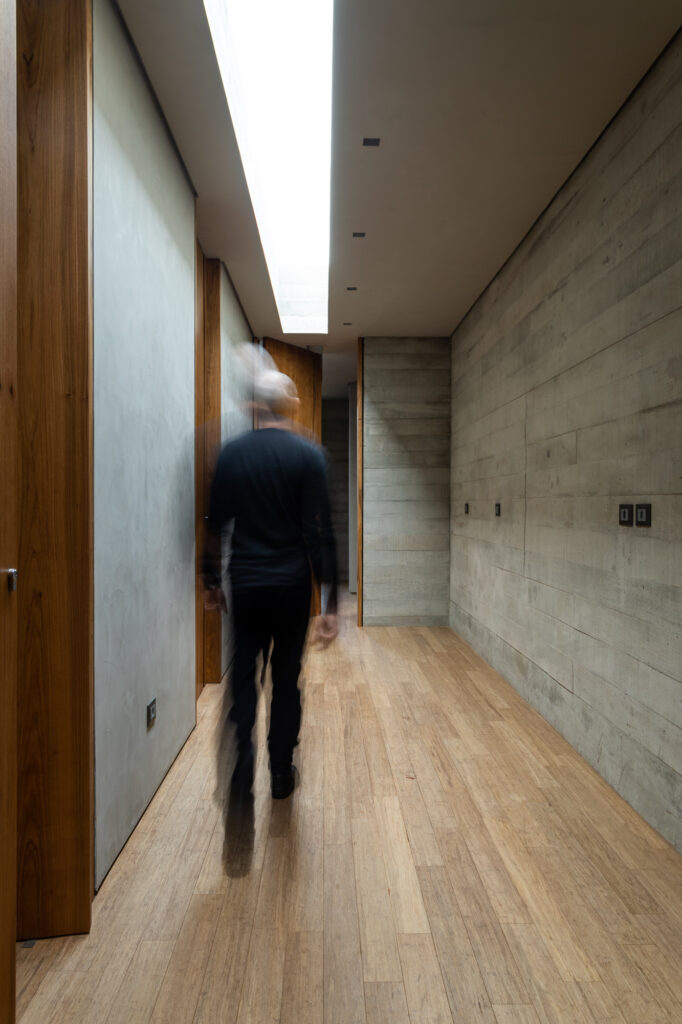
Can you teach us a bit about Brazil’s copyright law and how it protects photographers? Are there any gaps in it?
In our 1988 constitution (recast) there is a very specific law that protects us
as artists.
“Every creator of an intellectual work has rights on its creation and on its
use. Copyright are the rights that every creator of an intellectual work has
on its creation. This right is exclusive to the author, in accordance with
article 5 , XXVII, of the Federal Constitution.”
“All social networks in Brazil are regulated by copyright law (L9.610/98) and
specify in their terms of use the correct way to reproduce, share or publish
content. Every user, when creating an account on any of these networks,
automatically agrees to these terms and is subject to penalties by the
platform in cases of non-compliance.”
The law is very specific and has no flaws, but too many break the law and claim ignorance.
Can you talk a bit about CONAFARQ and how the organization got its start?
From pre-existing Whatsapp groups of photographers from various regions of the country, to unite and integrate the architectural photography segment, a single and large group was formed called CONAFARQ, in January 2021.
With the growth of social networks, profiles dedicated to architecture, decoration, design, landscaping and real estate began to enjoy, post, repost, reproduce and publish photographs irregularly, devaluing professionals specialized in the segment.
Such irregularities include, among others, the use of unlicensed photographs for commercial purposes, the lack of attribution to the author of the photograph and the mischaracterization of the material. It was this discomfort that spurred the union of the photographers who are now part of the collective.
Over a little year of existence, CONAFARQ has already achieved national and international repercussions among architects, big stores, suppliers and journalists who understood the need for guidance on the correct use of photographs.
The next steps and actions are intended to further strengthen the relationship with partners (architects, interior designers, landscapers and suppliers) through events, chats and the development of support materials. For photographers, the idea is to promote workshops and training on various subjects within and outside the area of copyright.
What is your ultimate goal for CONAFARQ?
We want the recognition of the profession and respect above all for the work we do with such dedication. But today CONAFARQ has become something much bigger than we expected. Today we are a large group of colleagues who exchange information about photography, travel together and have a lot of fun always having one thing in common:
The Art of Photography. That will always keep us connected.
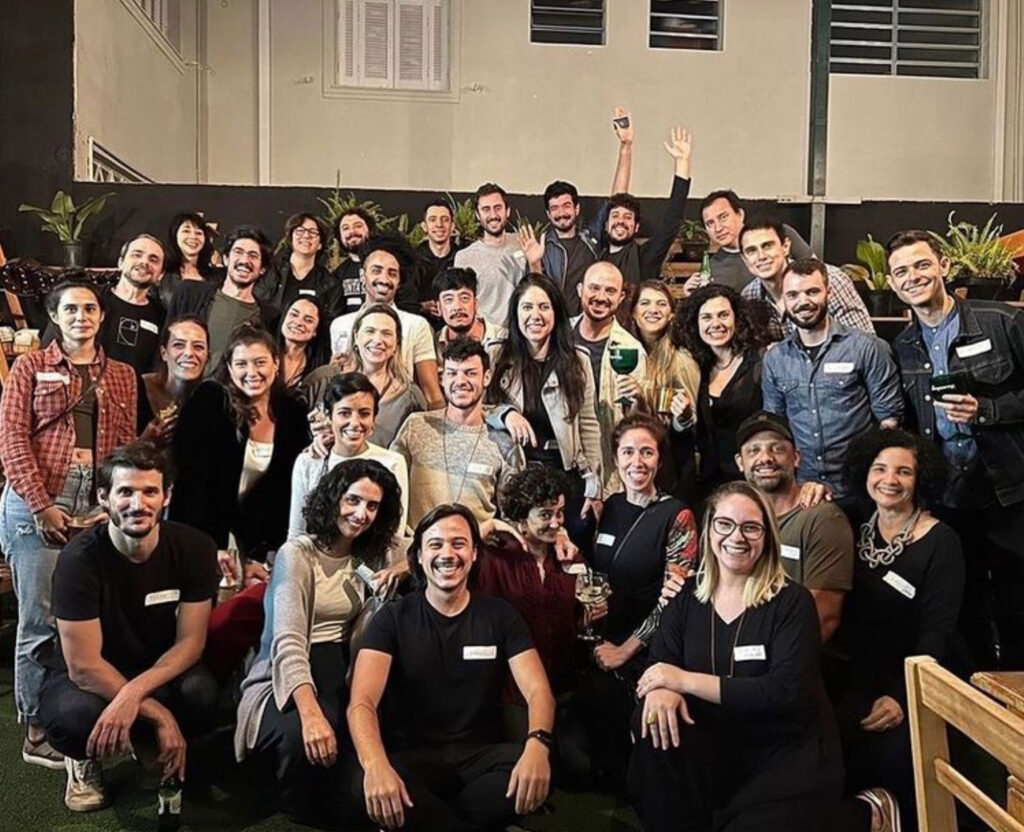
I see you have over 300 members in the organization already. That is so inspiring. Can you share some examples of how CONAFARQ has helped members become educated on copyright and image licensing? I would love to hear any success stories that you think are worth sharing.
In the CONAFARQ administrative group, we asked members to list suppliers who were not complying with their duty under existing law. We made this list and sent it to all emails from these companies informing them of the right way to use our images.
We also had a few lawyers orienting us in workshops that we promoted over that time. It was slow work, but it yielded a lot of results so that these companies could not claim ignorance. Today there are few cases of violation of our rights.
Every day we hear from our members reports of companies trying to communicate to acquire licenses to use the images and in 1 year of work this result is already very visible. AMAZING! Happy Campers!
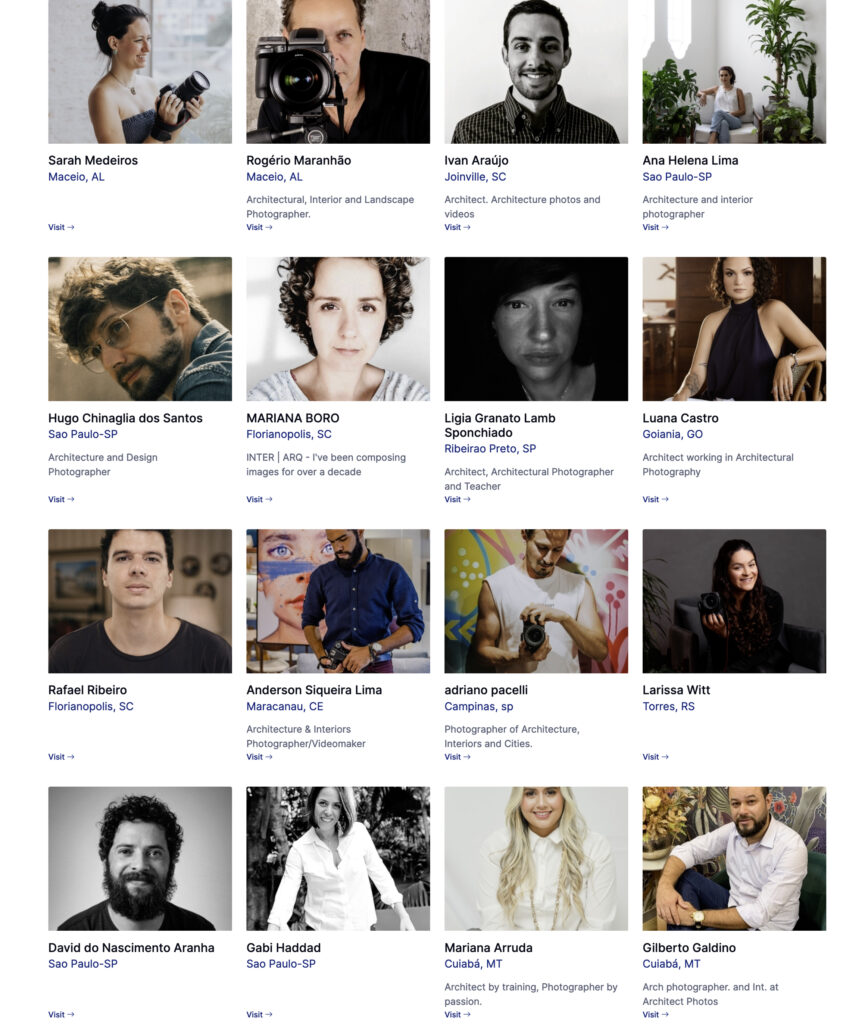
Do you allow photographers to join from other countries? Have you found that members from outside your area are joining?
Yes, we do, but proof of a portfolio consisting of at least one year of work in the architecture and interiors field is required to join.
Talk to me a bit about your information letter and what it contains
For us non-Portuguese speaking folks, João Palo has posted the English rendition of the CONAFARQ Information letter below:
- PHOTOGRAPHY PROPERTY
Each and every photographic work, in order to be properly used, depends on the prior and express authorization of the holder of its copyright. Before publishing a photograph, for commercial or personal purposes, inform yourself about the authorship of the image and contact the professional who produced it.
The photographs, from the moment they are created by their authors, become intellectual works protected by legislation. Therefore, unless explicitly stated by the creator, architectural and interior photographs are the exclusive domain of the photographer who took them.
Architects, designers, suppliers, manufacturers, traders or any other individual or legal entity, whether or not they have contracted the photography service through which the photographic work was prepared, do not enjoy the authority to authorize the use of photographs by third parties.
- AUTHOR ATTRIBUTION
It is the duty of those who use a photographic work to attribute the authorship of the images in a clear and legible way. Consult with the photographer about how he would like to be identified.
Among the moral rights of the author of a photograph, is to have his name indicated at the time of use of his work. Even having contracted the service or acquired the publication authorization, the party that makes use of the images does not exempt itself from the obligation to attribute the authorship in a visible and legible way in any and all media in which they are published, and may be liable for any damages to the case of this omission
It is also constituted as a moral right of the author to claim, at any time, the authorship of his work in cases of misuse, being able to request editions of publications or the complete removal of the published material.
- INTEGRITY OF THE WORK
The editing, modification or adaptation of the photographs depends on the prior and express authorization of the author of a photographic work, including the addition of logos or texts, changes in colors and changes in proportions.
It is the photographer’s right to ensure the integrity of his work, opposing any modifications or the practice of acts that, in any way, may harm or affect him, as the author, in his reputation or honor.
In cases of compromise of the integrity of the work, the photographer’s authority to request the withdrawal from circulation or suspension of any form of use already authorized prevails, when these imply an affront to his reputation and image, including being liable for possible compensation for damages.
- LICENSES TO USE
The most appropriate way to use a photograph is to acquire a license from the photographer who owns the copyright of the work. There is a variety of licenses available on the market with different features and applications.
The license most commonly issued by architectural photography professionals to companies in the industry is the commercial license. This license is characterized by the authorization of the use of photographs for profit, that is, when a person or company wants to use the images to promote a product or service and, eventually, obtain financial return from the publication of the material.
The specifics of the licenses issued by each professional, as well as their respective values, are particular to them and do not follow, to this date, any recommendation or regulation by CONAFARQ.
Each photographer should be consulted individually regarding the licensing conditions for their work.
Currently, the class of architectural photographers has been harmed by the unauthorized use of their images for commercial purposes. This practice, unfortunately so recurrent, trivializes the photographer’s role in the architecture market, where the professional is hidden (due to the lack of attribution of their authorship), exploited (due to the lack of remuneration for their work, which generates profits for those who misuse it) and invalidated (due to the denial of the relevance of their essential rights provided for by law).
- SOCIAL NETWORKS AND REPOSTS
All social networks in Brazil are regulated by copyright law (L9.610/98) and specify in their terms of use the correct way to reproduce, share or publish content. Every user, when creating an account on any of these networks, automatically agrees to these terms and is subject to penalties by the platform in cases of non-compliance.
In this announcement, we will use Instagram’s terms of use as an example, as it is the social network in which the most violations of the copyrights of our professionals occur.
In its community guidelines, Instagram points out that a user is only allowed to publish content that does not violate the intellectual property rights of third parties, that is, content that the user himself created or that the user obtained prior and express authorization from their respective author to use.
It is possible to violate an author’s intellectual property right by publishing their work without authorization even if it is credited in the caption, if not
there is an intention to profit from the publication, if the image is found through search engines (such as Google) or if the image was taken from the post of another profile in which your account was tagged.
The practice of reposts, where the user uses applications external to Instagram to duplicate a post together with the caption of another account and publish it on their own page, does not constitute a valid use within the guidelines of the platform, as this action does not is performed by the application itself. Therefore, reposts have the same practical purpose as common posts and should not be made if there is no authorization from the author to do so.
Instagram provides a direct channel in its application where authors who have their rights violated by third parties can claim their work by providing evidence of their domain over the post. The infringing account, in addition to having the post removed from the air, is notified by the platform team about the reasons that led to the removal. All this without exempting her from being legally liable for any moral and material damages suffered by the photographer.
In cases of multiple reports of infringement of intellectual property rights, an account may be penalized, suspended or banned from the platform. Therefore, before posting material authored by others, make sure that there is an authorization for that use (preferably a written document) in order to avoid possible future setbacks with the professional who produced it.
- LICENSE RETROACTIVITY
The professional injured by the misuse of his photographic work is reserved the right to claim, as provided by law, remuneration for images previously used in the communication channels of a person or company. Negotiations to establish agreements between the parties must be carried out particularly with each photographer.
Having clarified these six points, we would like to thank you for your availability in receiving our material. We hope it was a useful and enlightening read. On behalf of all our members, CONAFARQ wishes that we can, from now on, develop a more just and respectful relationship to our mutual rights.
We believe in the difference we make in the architecture market with the power of creating beautiful photographs. Our intention is to continue developing the work we love with dignity and excellence. We trust in the strength of union and the ability to make big changes one step at a time.
Yours sincerely,
National Collective of Architectural Photographers
What response have you received to your information letter? I’d love to know the good and the bad!
We still haven’t received any negative response, but many still claim to be unaware of the law. Some of our members have already taken the companies to court and won the cases! After all, it’s in our constitution.
As I mentioned earlier, the market has already changed and now we have fewer problems with supplier companies.
What do you want photographers to know about copyright and licensing?
It is important to remember that there is a marketing budget from large companies and they use this money to buy media, such as our photos. So we don’t need to feel guilty for charging a license to use, after all this photo will generate sales for everyone who uses it in the right way, thus ensuring a good understanding for everyone.
I would like to end by saying the importance of valuing our work, which is fundamental for all companies in the world.
Without a good photo, there is no good advertising.
Our profession has been undervalued all these years…even more so today where we live on social media and everyone thinks that the photos are there and there is no authorship. YES, they have an author!
If you’re interested in getting to know CONAFARQ better, or becoming a member, visit conafarq.com.br. You can also get to know the CONAFARQ association a bit better on Instagram @conafarq.
